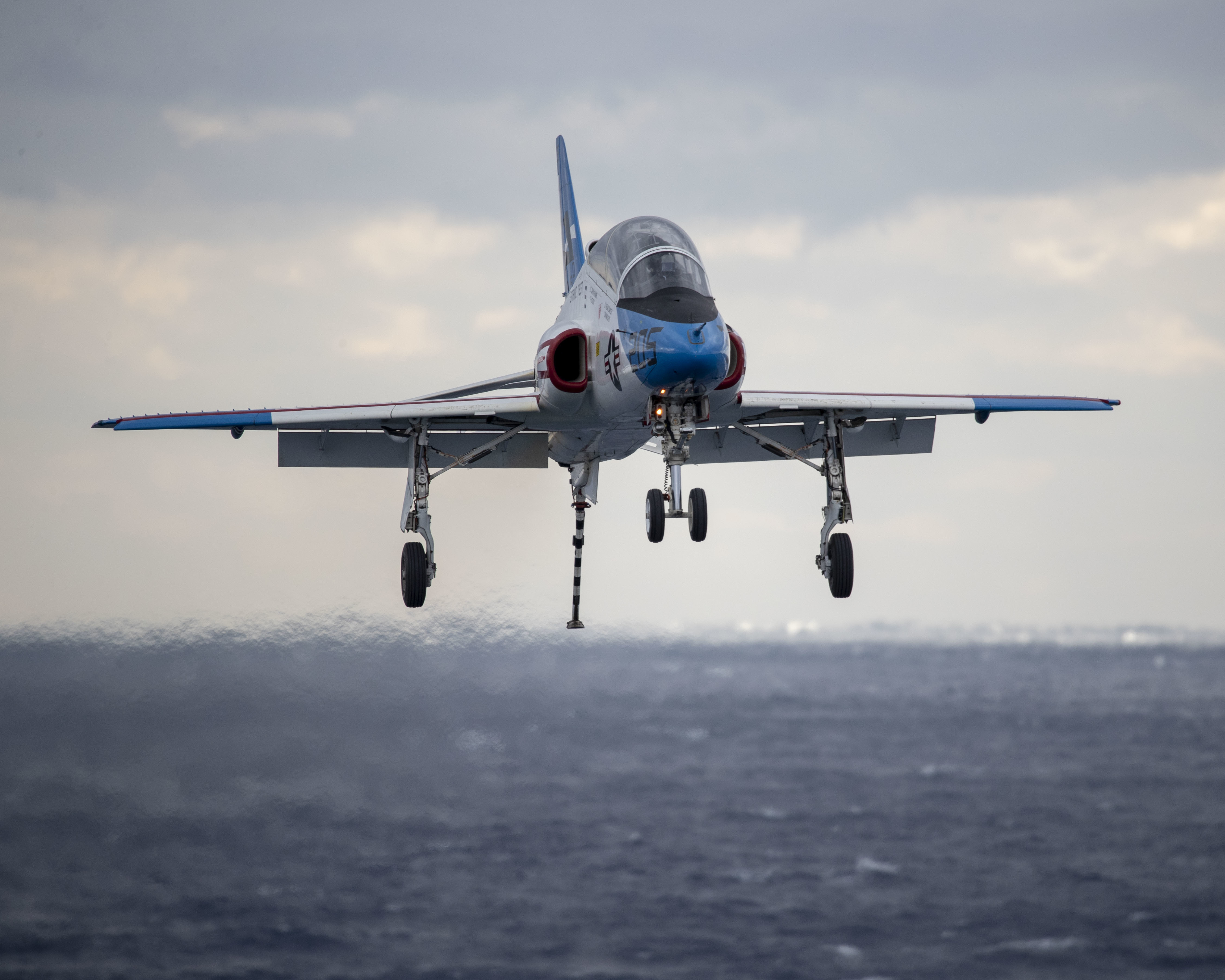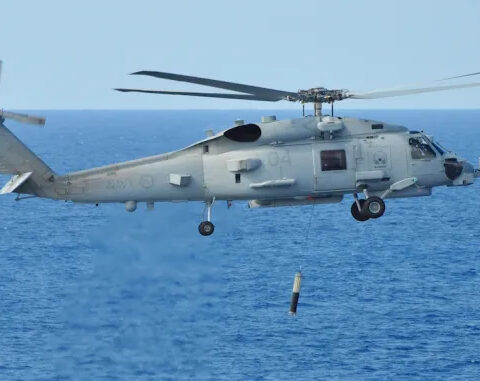
Japanese defense forces flew 555 fighter jet scrambles during the last nine months of 2023, according to the Joint Staff Office of Japan’s Ministry of Defense. The JSO said 98 percent of scrambles were against Chinese and Russian aircraft according to data released by the Ministry of Defense on Tuesday.
Chinese aircraft accounted for 392 scrambles (71 percent), a slight downtrend from 462 in the same timeframe in 2022. However, the JSO said the numbers were still higher than average for the last ten years. Russia saw a slight uptick prompting 148 scrambles (27 percent) compared to 133 for the same period in 2022. The JSO release also showed that the remaining scrambles for the period totaled 14 – a single scramble against Taiwan, two against North Korea and 12 against unspecified threats. Outside of aircraft, the Japanese Ministry of Defense had announced on Jul. 12 and Dec. 18 last year that Japan Air Self-Defense Force (JASDF) F-15J fighters had been scrambled in response to North Korean ballistic missile launches on those days. Overall.\, the JSDF saw a decrease of 57 scrambles from the same period in 2022 but officials said the 2023 numbers were considered to be high.
A map by the JSO on flight tracks showed the Chinese flight activity taking place largely around southwest Japan and off the east coast of Taiwan. Chinese activity in the Sea of Japan was limited to joint bomber flights with Russia. Russian aircraft mainly flew around Japan’s northern main island of Hokkaido and the Sea of Japan area off the main islands of Honshu and Hokkaido with slight tracks off southwest Japan and through the Miyako Strait, likely representing joint bomber flights with China.
The Southwest Air District saw the most scrambles as the majority of China’s military air activities occurred in its operational area. People’s Liberation Army Navy (PLA) carrier groups routinely conduct operations in international waters in the Western Pacific off Japan’s southwest islands and the east of Taiwan. Other PLA forces fly long-range bomber flights through the Miyako Strait and unmanned aerial vehicle reconnaissance flights off Taiwan with the UAV flights taking them past Japan’s southwestern islands.
Notable activities included a second joint Chinese-Russian bomber flight for the year, approximately 570 launches and recoveries of fighters and helicopters by carrier CNS Shandong (17), flights by Russian bombers and fighters over the Sea of Japan and one violation of Japanese airspace over its territorial waters off the Nemuro Peninsula of Hokkaido in October by a Russian helicopter.

Earlier on Friday, the JSO issued a release stating that on that day, PLAN Dongdiao-class intelligence ship Tianshuxing (795) was sighted sailing east in an area 31 miles southwest of Yokoate-jima and subsequently sailed northeast in the sea area between Yokoate-jima and Amani Oshima to enter the Pacific Ocean. The release noted that the PLAN ship had been operating around the Miyako Strait on Jan. 13, entering the Philippine Sea through the strait before turning back into the East China Sea on the same day. Japan Maritime Self Defense Force (JMSDF) destroyer JS Kongo (DDG-173) shadowed the PLAN ship according to the release.
On Tuesday, the JSO said on Monday at 10 a.m., Russian Navy cruiser RFS Varyag (011) destroyer RFS Marshal Shaposhnikov (543) and a Dubna class fleet oiler were sighted sailing southwest in an area 50 miles northeast of Tsushima. Subsequently Marshal Shaposhnikov transited the Tsushima Strait to enter the East China Sea. Varyag and the fleet oiler also transited the Tsushima Strait but then turned back while 30 miles southeast of Tsushima to re-enter the Sea of Japan. The JSO stated that destroyer JS Yamagiri (DD-152) and a JMSDF P-1 Maritime Patrol Aircraft from Fleet Air Wing 4 based at Naval Air Facility Atsugi on the main island of Honshu tracked the Russian ships.





